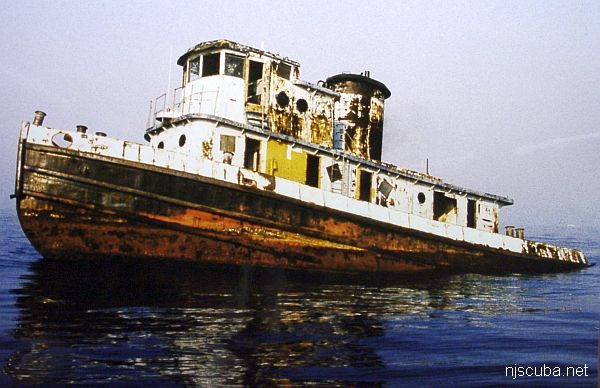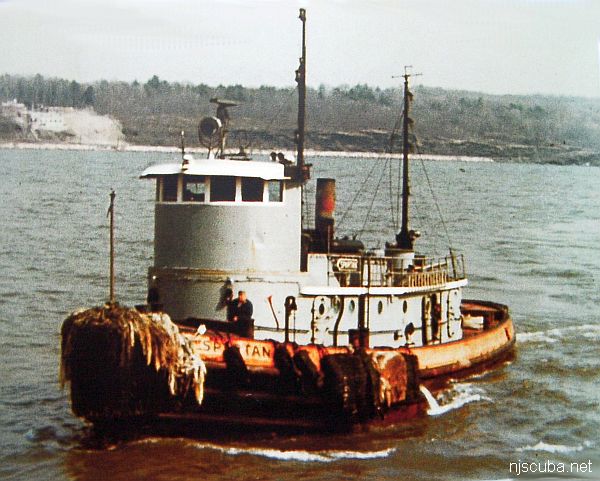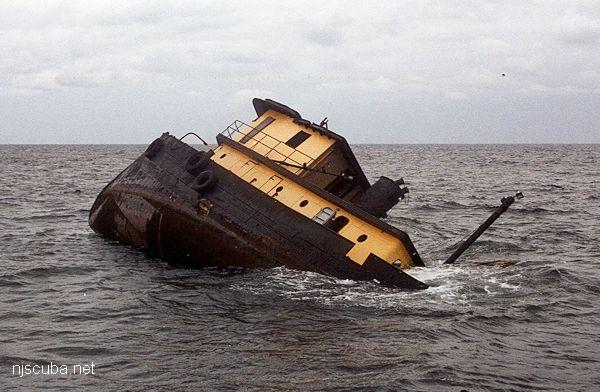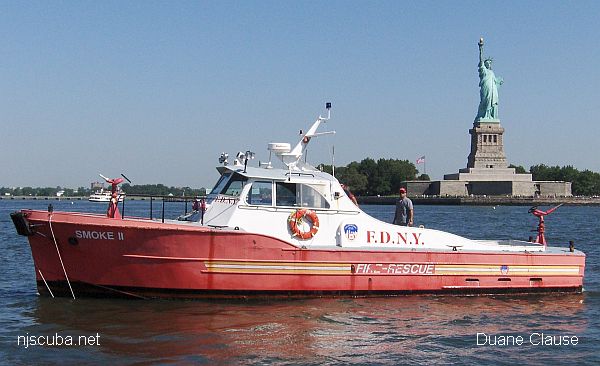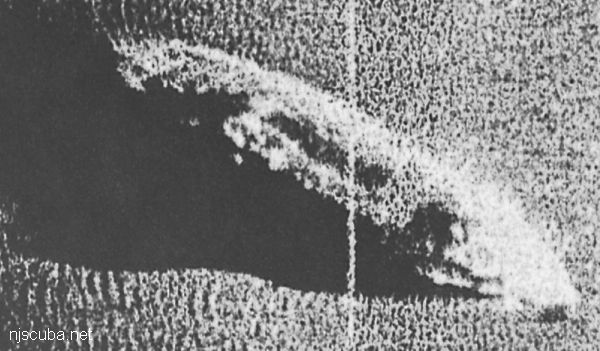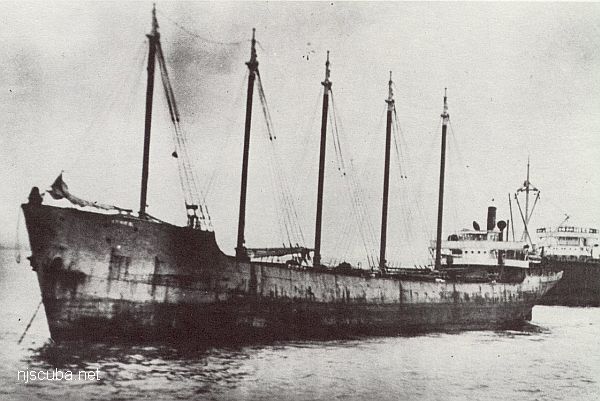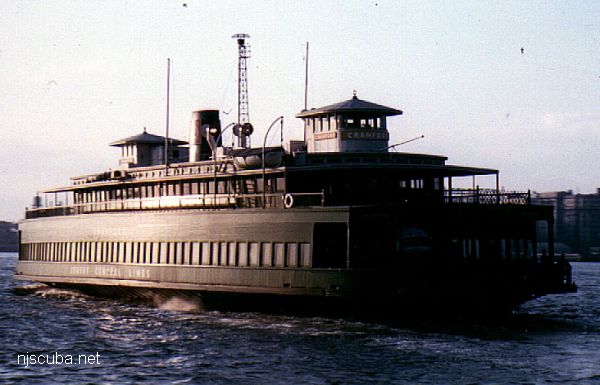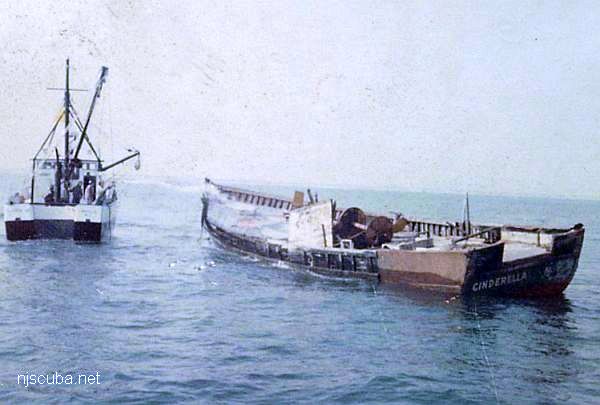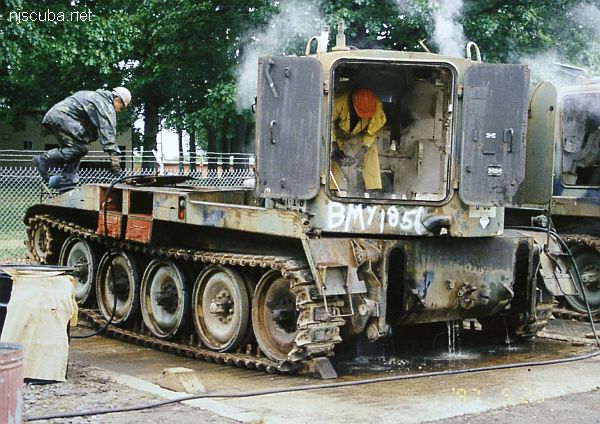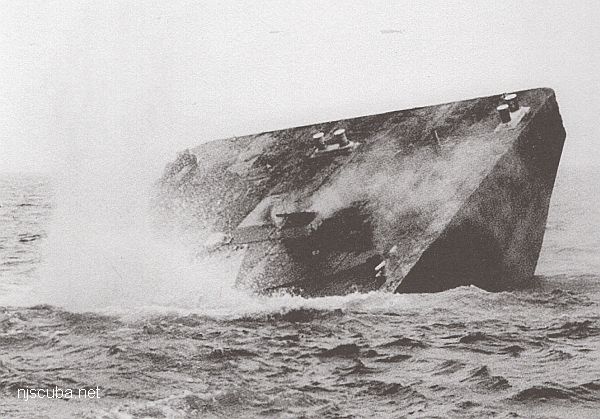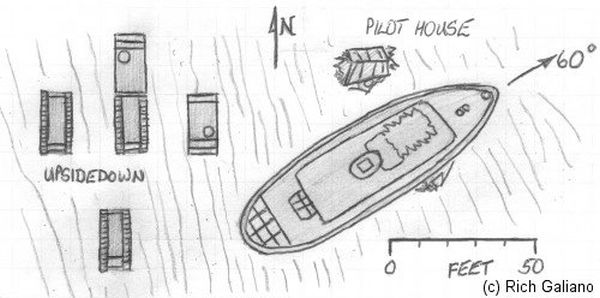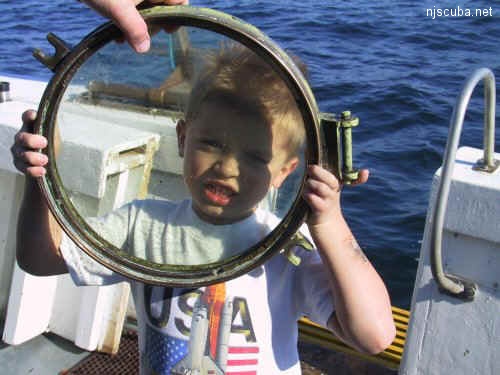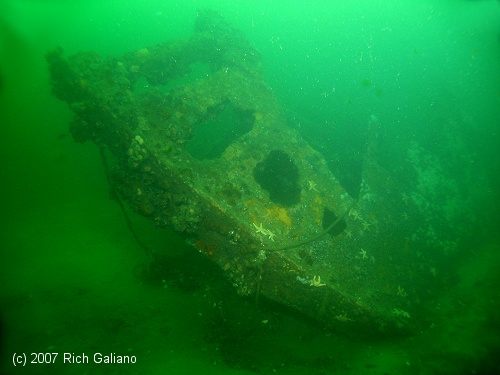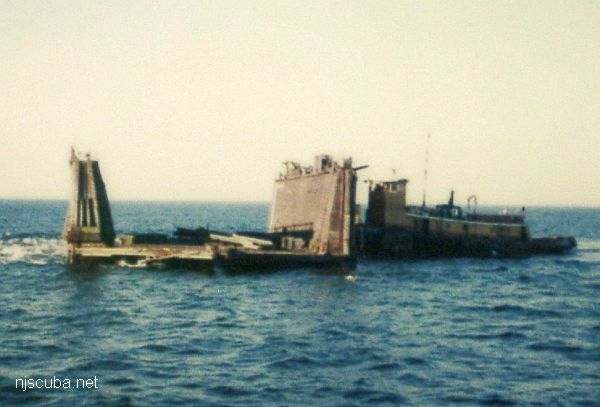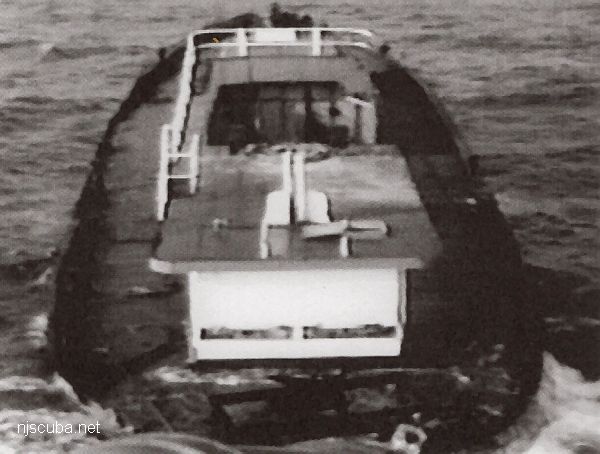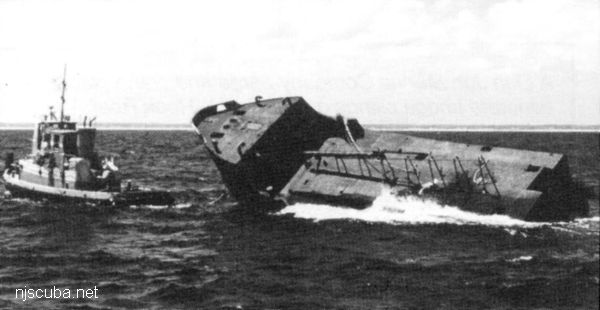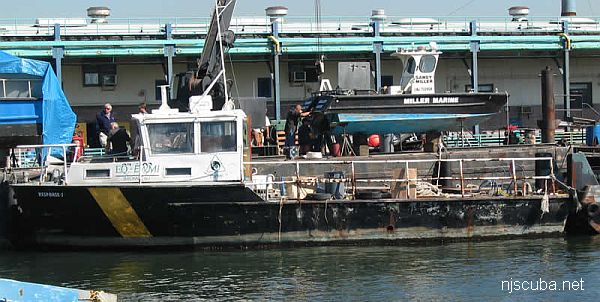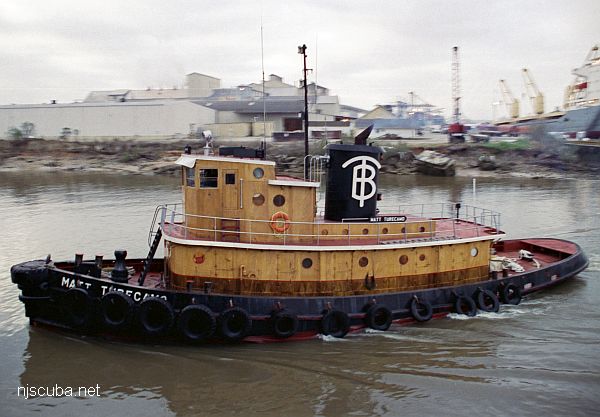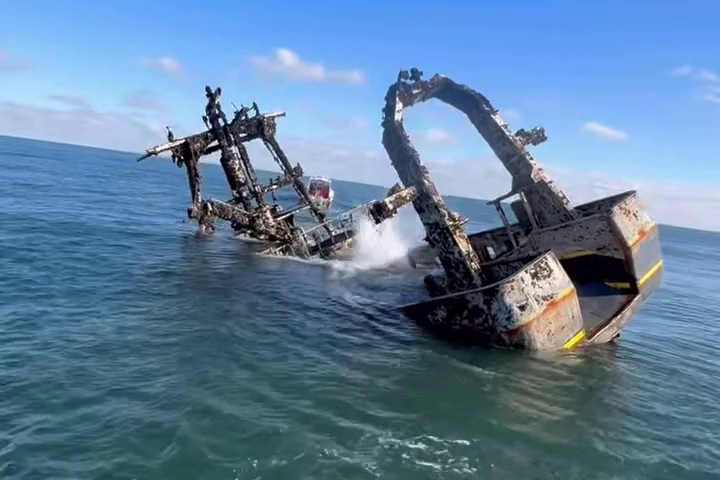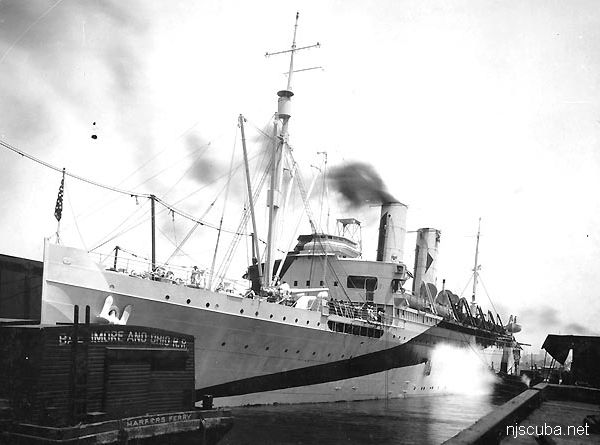Sea Girt Artificial Reef
3.6 Nautical Miles off Sea Girt
Depth: 60-75 ft [download]




The Sea Girt reef is located atop an underwater ridge known as the "Klondike". This is an area of clean sandy bottom and usually has relatively good visibility. Fish life abounds on all sites in this reef, although lobstering is slim. There are many more Army tanks than shown here, as well as quite a bit of concrete rubble scattered throughout the reef. The Sea Girt Reef is one of the oldest artificial reef sites in New Jersey. Reef-building activities at this site date back to 1937. Minimum clearance at mean low water is 50 feet.
If you look at the state's official record, linked above, the four older sites that are outside the official reef boundaries are not listed.

